We are currently in the process of sourcing a brand new wine list for 2020, so please bear with us whilst we do.

info@enotecarosso.com
276-280 Kensington High Street, London W8 6ND

We are currently in the process of sourcing a brand new wine list for 2020, so please bear with us whilst we do.
Abruzzo is characterised by its mountains, which become gentle hills as they reach the coast. The region has recently seen an extraordinary improvement in the quality of its grapes and there are now 35,000 hectares of vineyards.
The white grapes include Trebbiano, Regina, Chardonnay, Passerina Cococciola, Manzoni Bianco, Malvasia Bianca di Candia, Regina dei Vigneti, Grechetto and Malvasia Bianca Lunga. The typical red grapes are Montepulciano d’Abruzzo and Merlot.
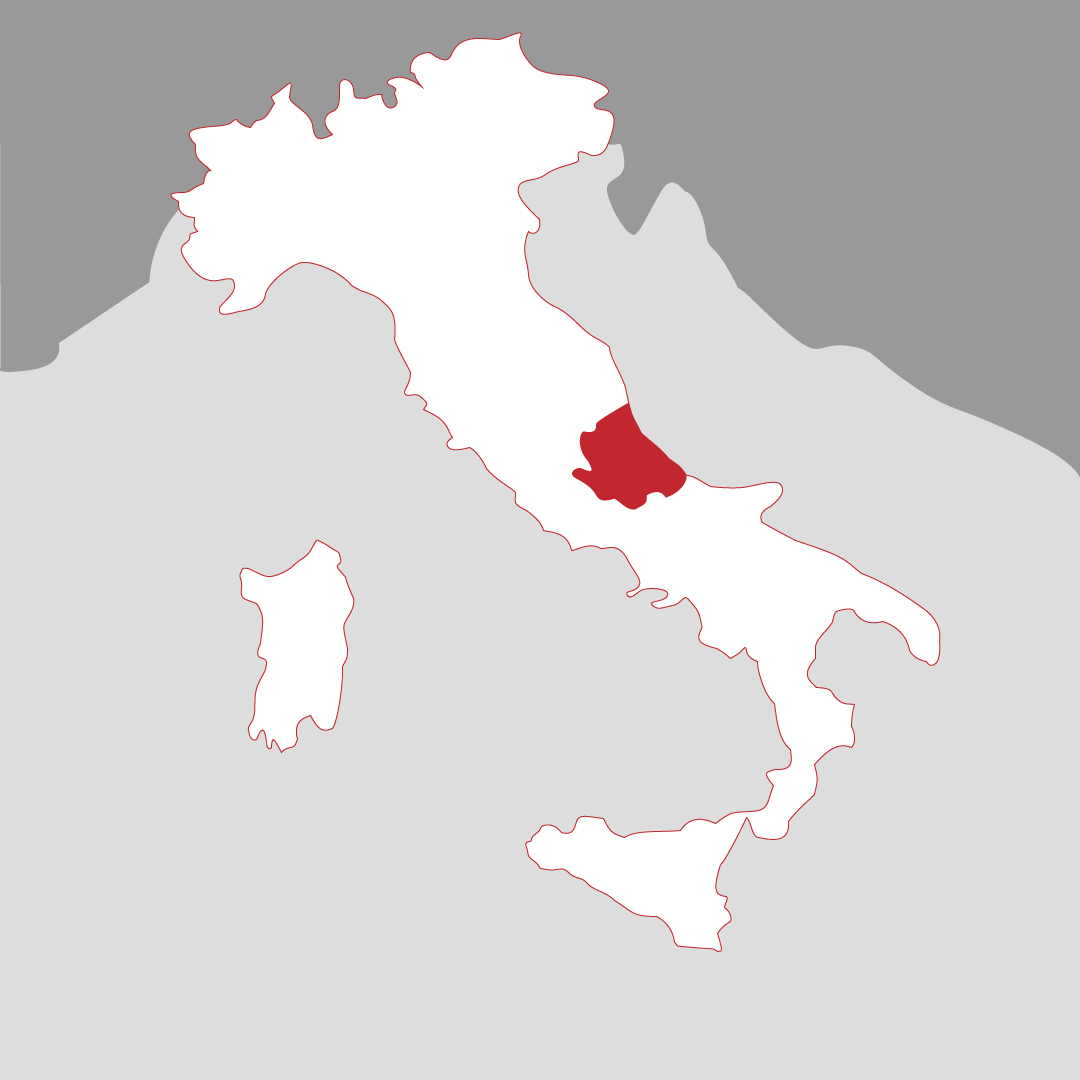
Trentino, in the country’s far north, is dominated by the Dolomites. The 15,000 hectares of high quality vineyards are planted to receive maximum sun exposure. The white grapes are Muller Thurgau, Chardonnay, Pinot Bianco, Pinot Grigio, Gewurztraminer and Nosiola. The red grapes include Merlot, Marzemino, Cabernet Sauvignon, Teroldego, Schiava Grossa, Lagrein and Pinot Nero.
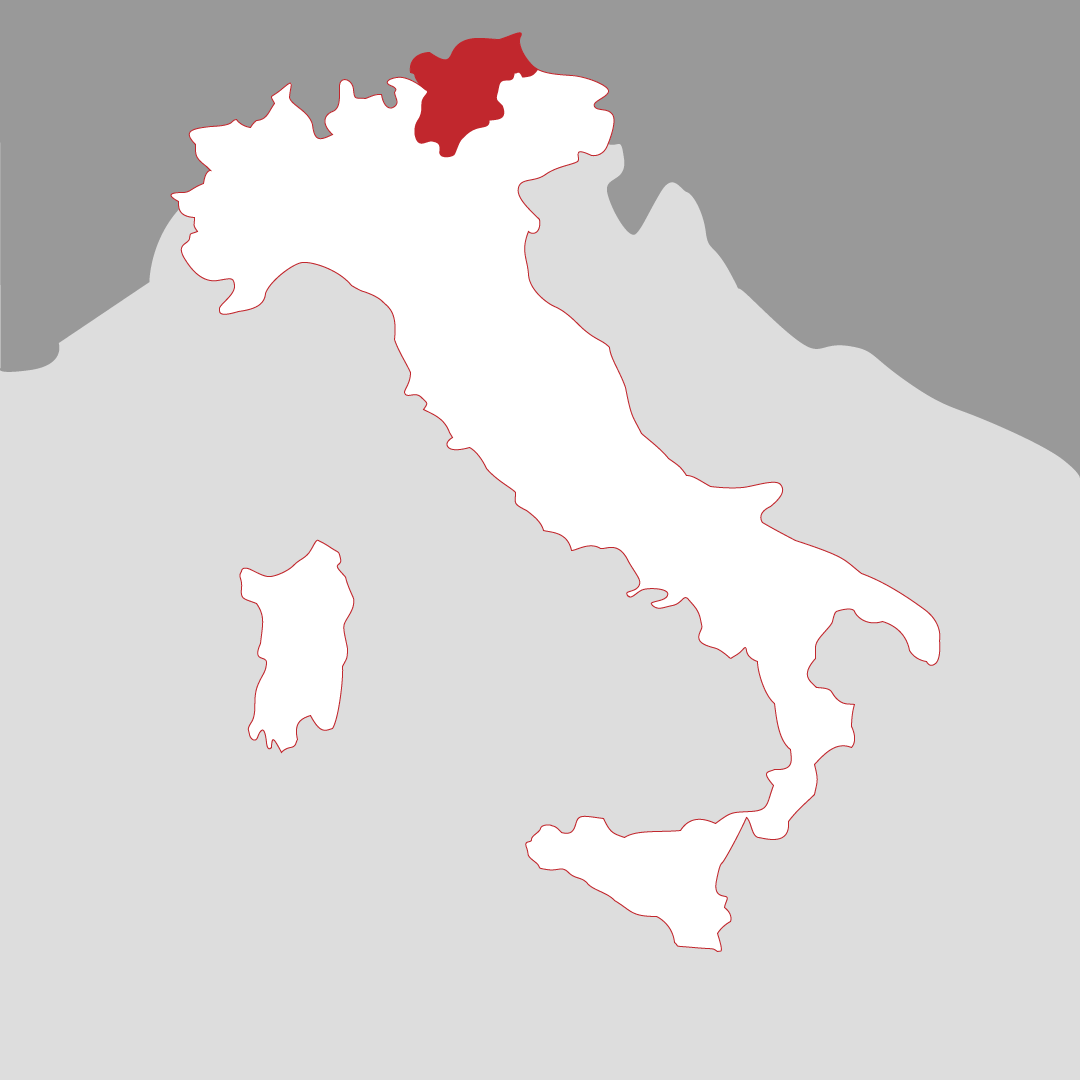
Campania derives its name from the Latin “campania felix” – fertile countryside. Its capital is Naples and it includes the volcano Vesuvius. The gentle hills and wide plains are the ideal habitat for vines which produce wines of excellent quality. The region has 29,000 hectares of vineyards. The typical red grapes are Aglianico, Barbera, Sangiovese, Piedirosso, Montepulciano, Merlot, Greco Nero, Primitivo and Ciliegiolo. The typical white grapes are Malvasia Bianca di Candia, Trebbiano Toscano, Coda di Volpe Bianca, Fiano, Greco, Asprinio Bianco, Biancolella and Malvasia Bianca.
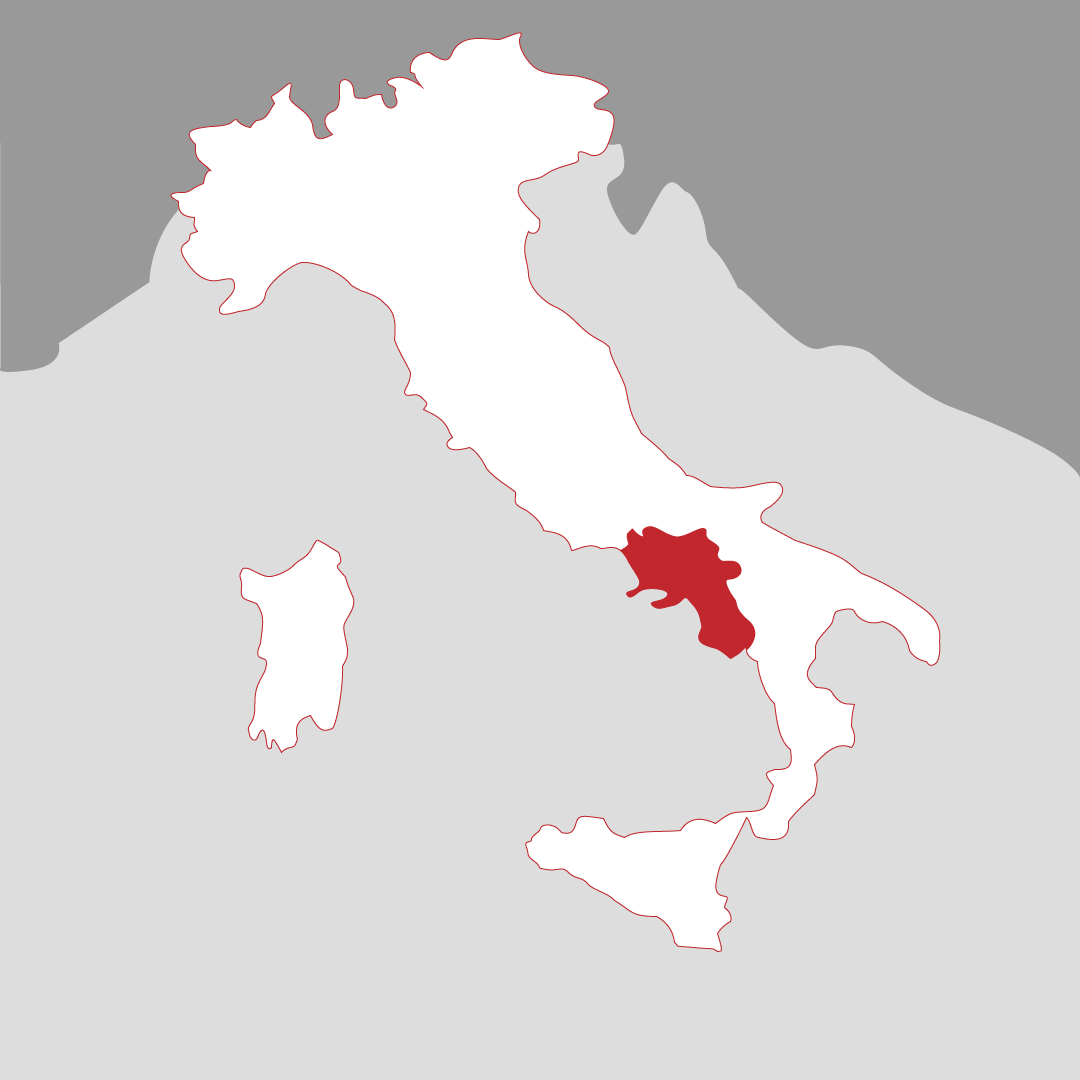
A landscape characterised by a great plain and the high Appennines. It is to the northof Tuscany and has Bologna as its capital. Its 56,000 hectares of vineyards are famous for their extraordinary productivity. The white grapes include Trebbiano Romagnolo, Albana, Pignoletto, Malvasia di Candia Aromatica, Montù, Ortrugo, Chardonnay and Trebbiano Modenese. The red grapes include Sangiovese, Ancellotta, Lambrusco Grasparossa, Lambrusco di Sorbara, Fortana, Lambrusco Maestri, Cabernet Sauvignon and Merlot.
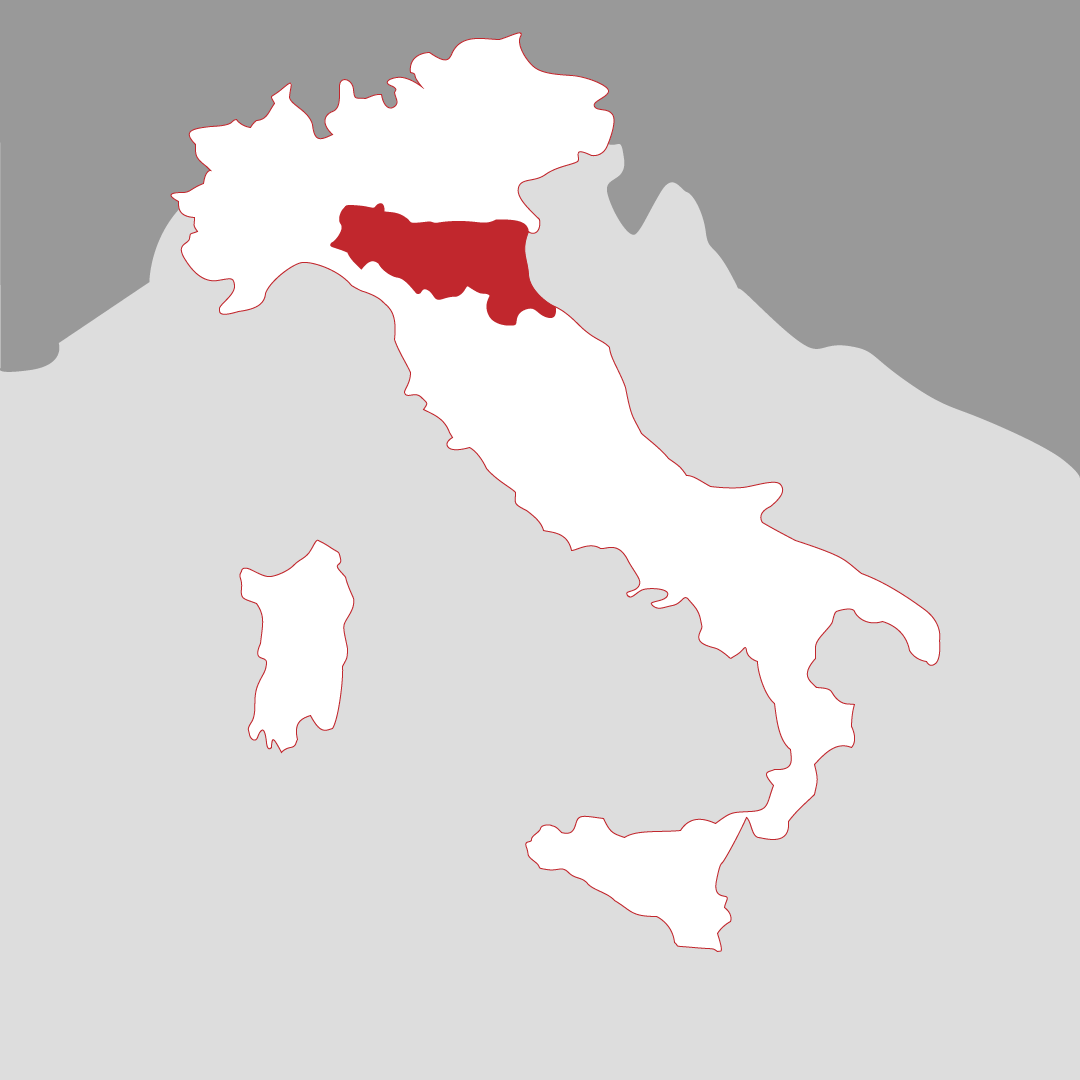
The region borders Austria to the north and Slovenia to the east. To the south is the Adriatic Sea and its capital is Trieste. Its varied landscape includes mountains, hills and coastal plains. Venezia Giulia is also known as Julian March but, in spite of the name, it doesn’t include Venice! It is home to 190,000 hectares of outstanding vineyards, particularly well known for the white grape.
The white grapes include Tocai Friulano, Sauvignon, Chardonnay, Pinot Bianco, Verduzzo Friulano, Malvasia Istriana, Manzoni Bianco, Pignoletto, Ribolla Gialla, Riesling, Traminer Aromatico, Pinot Grigio, Moscato Rosa. The red grapes include Merlot, Cabernet Franc and Sauvignon, Refosco dal Peduncolo Rosso, Ribolla Nera (Schioppettino) and Pinot Nero.
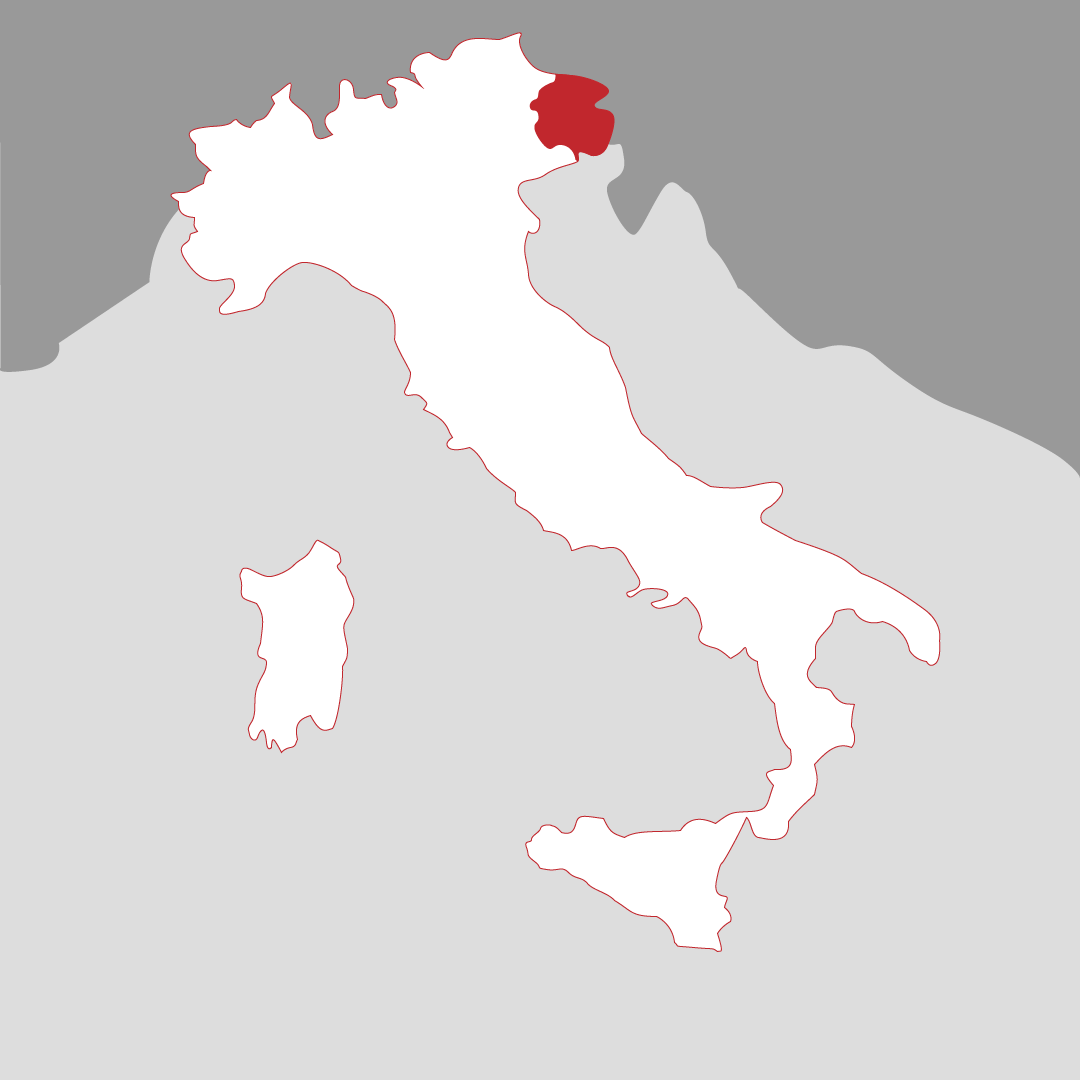
Lombardy is another region made up of varied landscapes, from the Alps, the pre-Alps and then hills down to the Pianura Padana, the plain formed by the river Po, the longest of the Italian rivers. The region has 23,000 hectares of vineyards.
The main wine growing areas are Franciacorta, Valtellina, Oltrepo’ Pavese, Bergamo area, the Garda lake area and Mantova. Lombardia grapes are predominantly red: Barbera, Bonarda, Pinot Nero, Merlot, Cabernet Sauvignon and Franc, Nebbiolo and Marzemino. The white grapes include Riesling Italico, Chardonnay, Pinot Bianco and Trebbiano di Soave.
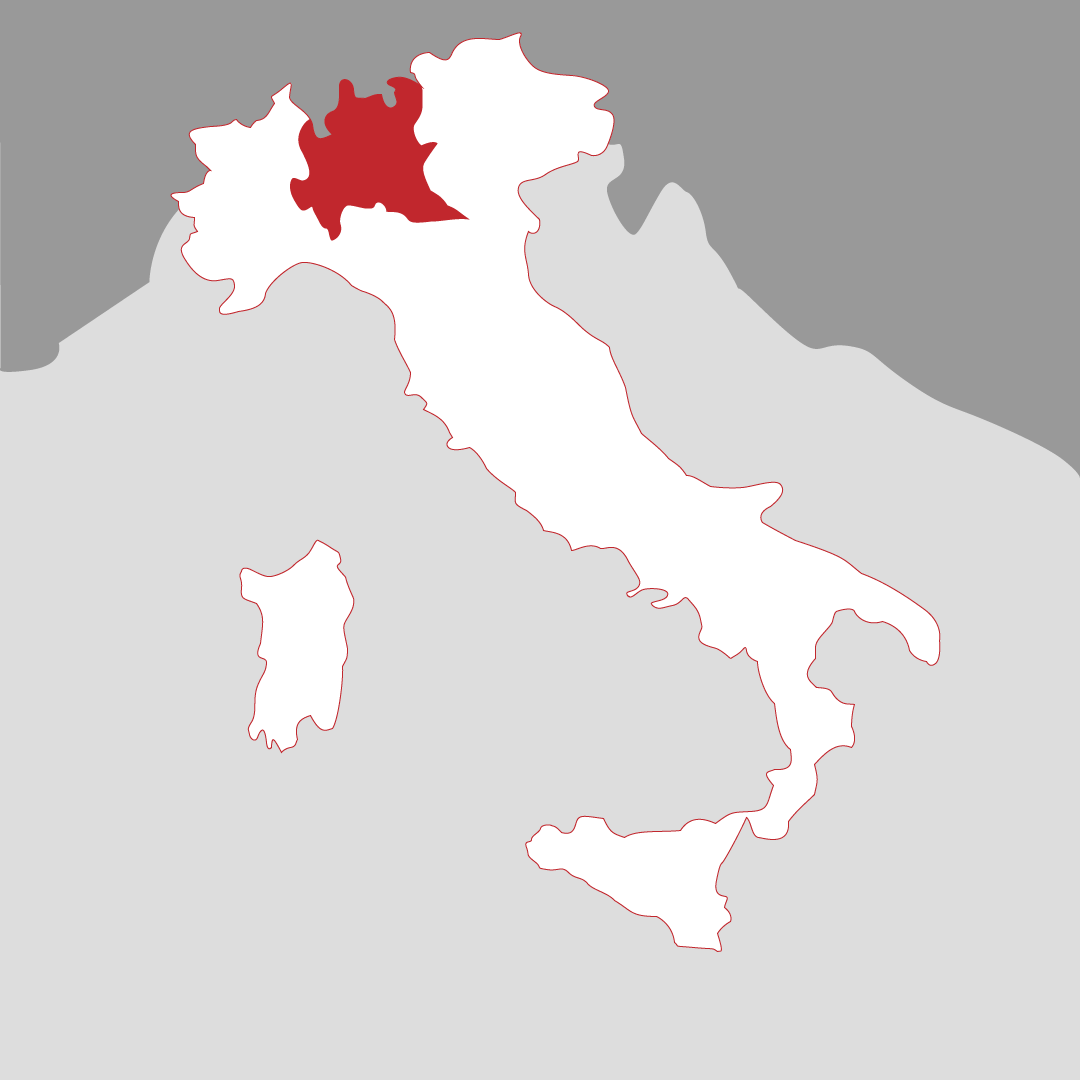
On the East coast, the Marche region is covered in hills and mountains and is the home of some great native white wines. The region has 19,000 hectares of vineyards. The typical white grapes are White Verdicchio, Biancame (or Bianchello), Malvasia Bianca di Candia, Trebbiano Toscano, Passerina and Grechetto, Pinot Bianco, Riesling and Sauvignon. The typical red grapes are Sangiovese, Montepulciano, Lacrima di Morro, Cabernet Sauvignon, Merlot, Pinot Nero and Cabernet Franc.
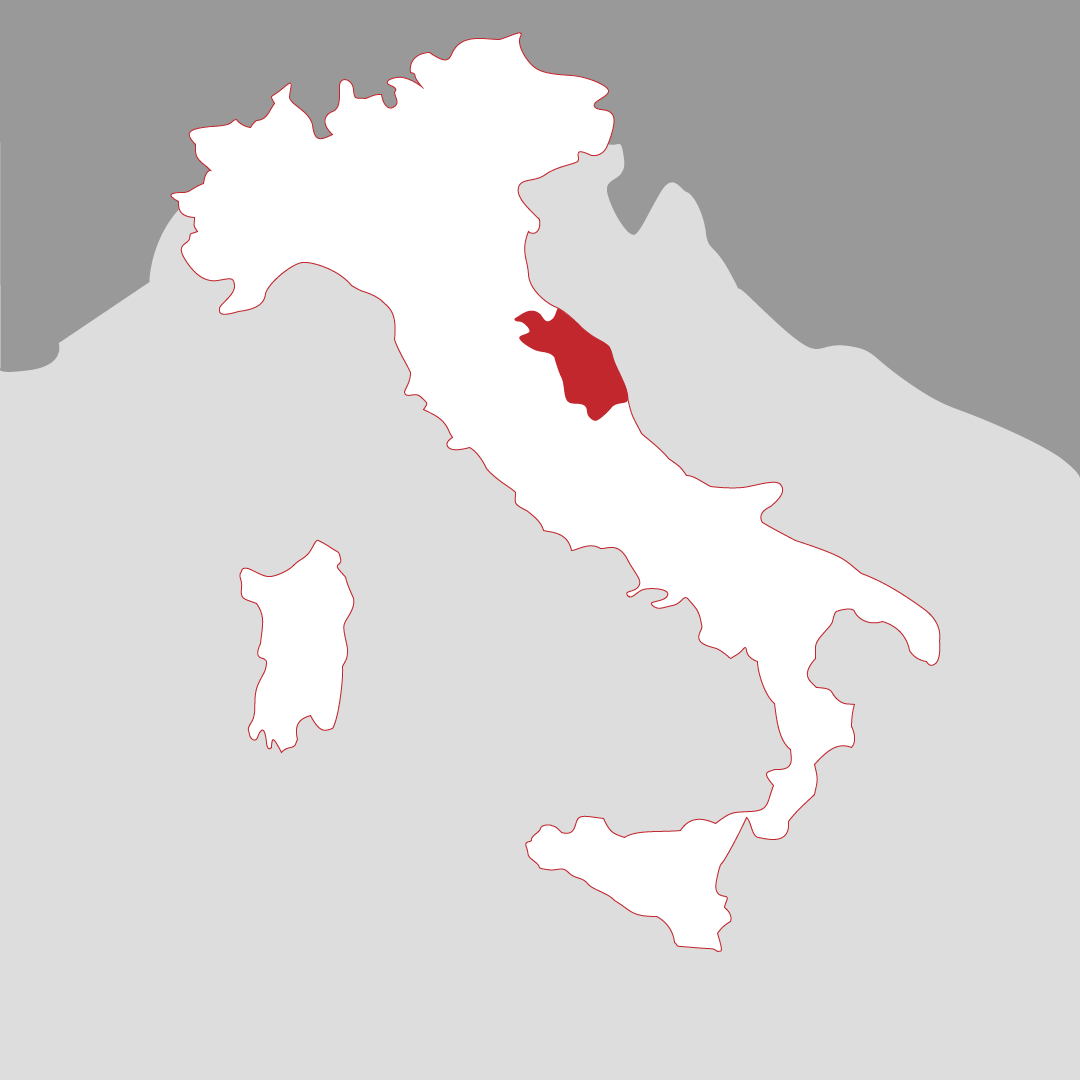
The Piedmont region is one of the largest producers of Italian wine. It starts from the Alps in the north and leads, via rolling hills, to the largest plain in Italy. The region has 52,000 hectares of vineyards.
The main grape is Nebbiolo, used to make Barolo, Nebbiolo, Barbaresco, Roero and Ghemme. The main wine growing areas are the hills near Novara and Vercelli, Canavese area, the hills around Torino, the Monferrato, the Tortona hills, Roero and Langhe. The typical red grapes are Nebbiolo, Barbera, Dolcetto, Freisa, Brachetto, Bonarda, Grignolino e Croatina. The typical white grapes are Moscato Bianco, Cortese, Manzoni Bianco, Erbaluce, Favorita, Arneis and Chardonnay.
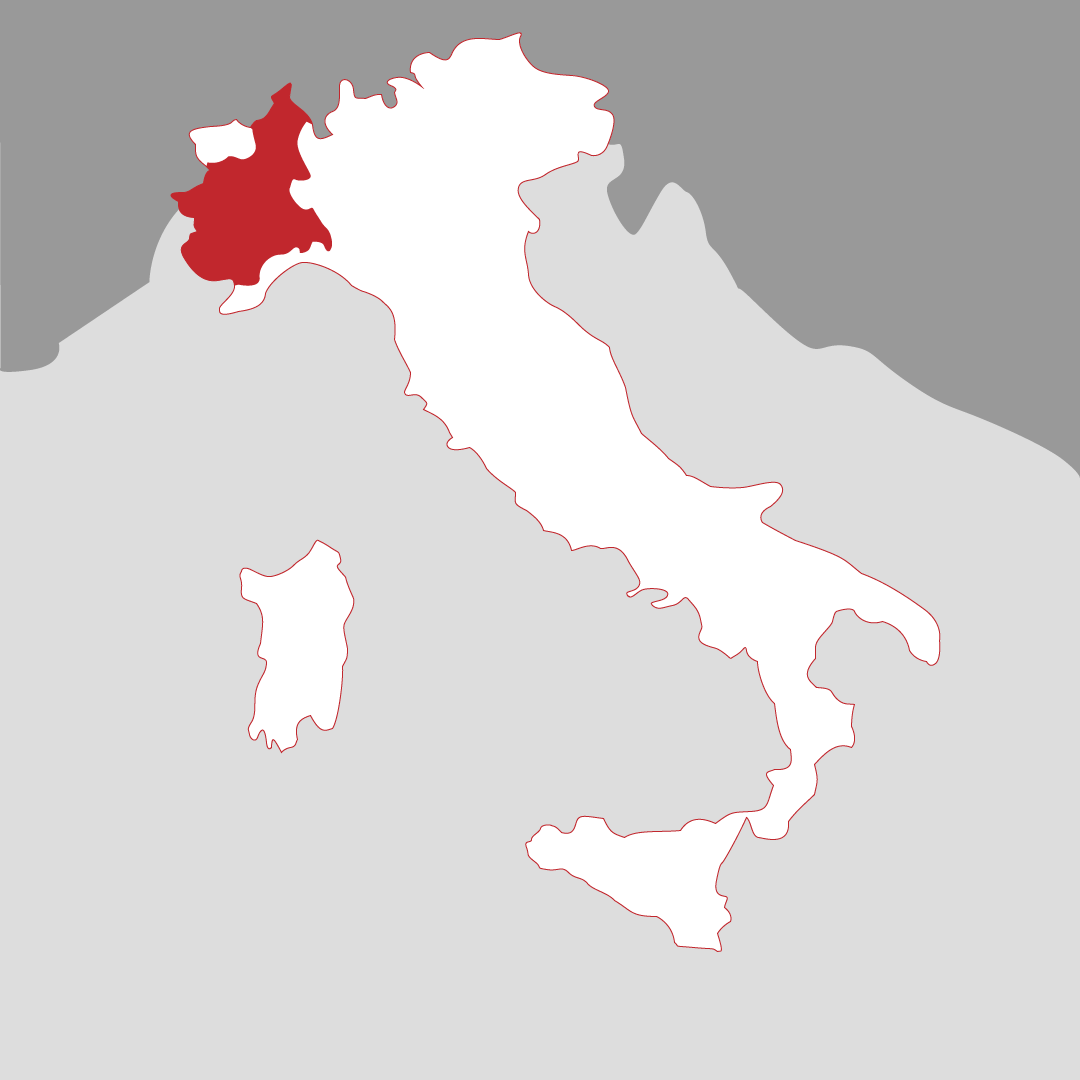
Puglia, the “heel” of Italy, has the longest coastline of any mainland Italian region. It is surrounded by the Ionian and Adriatic seas and the landscape is predominatly covered by very gentle hills and more plains. The southern sun has a strong influence on its 100,000 hectars of vineyards. The typical red grapes are Primitivo, Negro Amaro, Sangiovese, Montepulciano, Malvasia Nera di Brindisi, Uva di Troia, Malvasia Nera di Lecce and Bombino Nero. The typical white grapes are:Trebbiano Toscano, Verdeca, Bombino Bianco, Malvasia Bianca and Alessano Bianco.
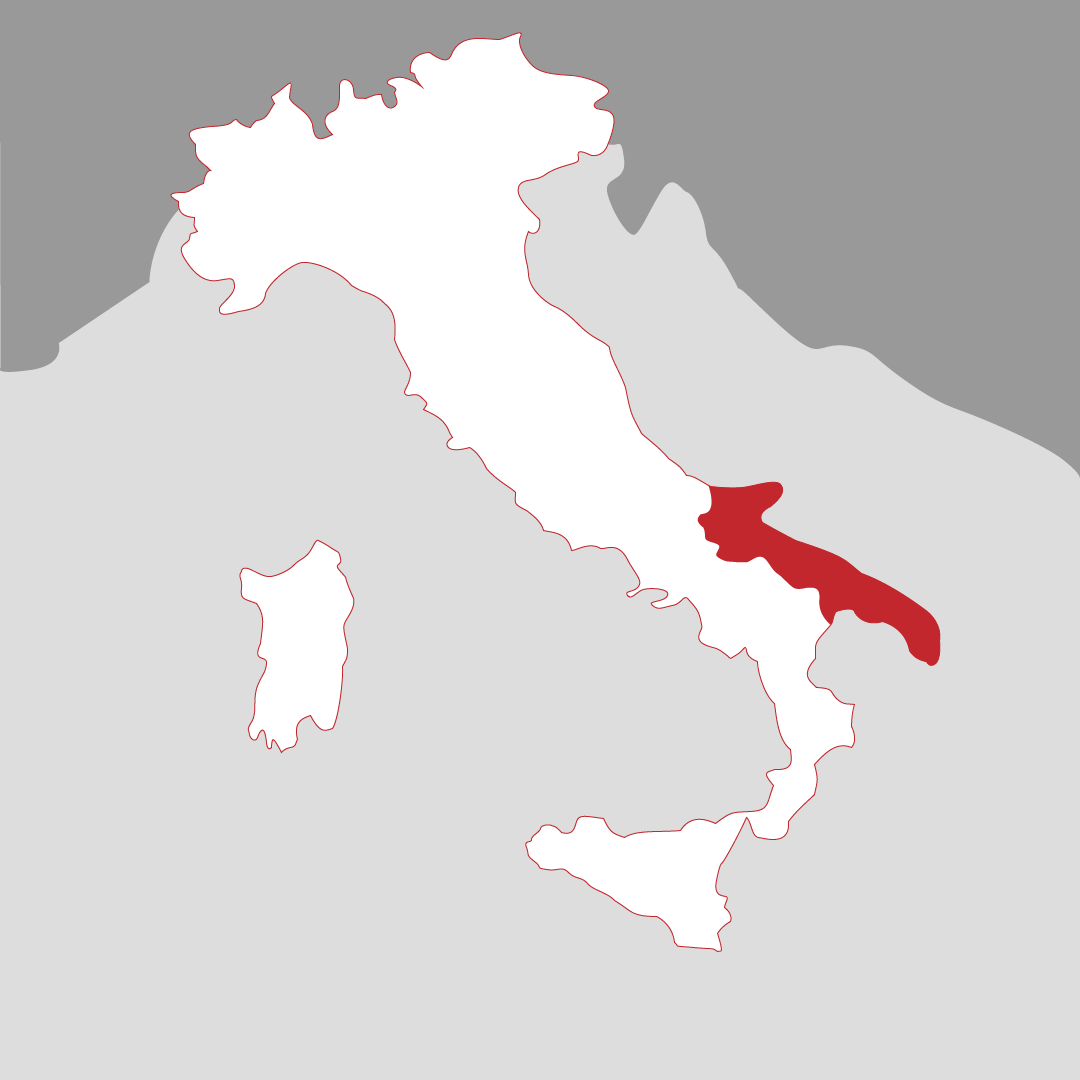
Sardinia’s moutains rise in the West and become hills to the East. Its stunning landscapes nurture 28,000 hectares of vineyards, famous for producing two of the best Italian wines, Cannonau and Vermentino. The typical red grapes are Cannonau, Carignano, Sangiovese, Monica, Nieddu Mannu, Girò, Monica and Barbera di Sardegna. The typical white grapes are Vermentino, Nuragus, Vernaccia di Oristano, Malvasia di Sardegna and Moscato Bianco.
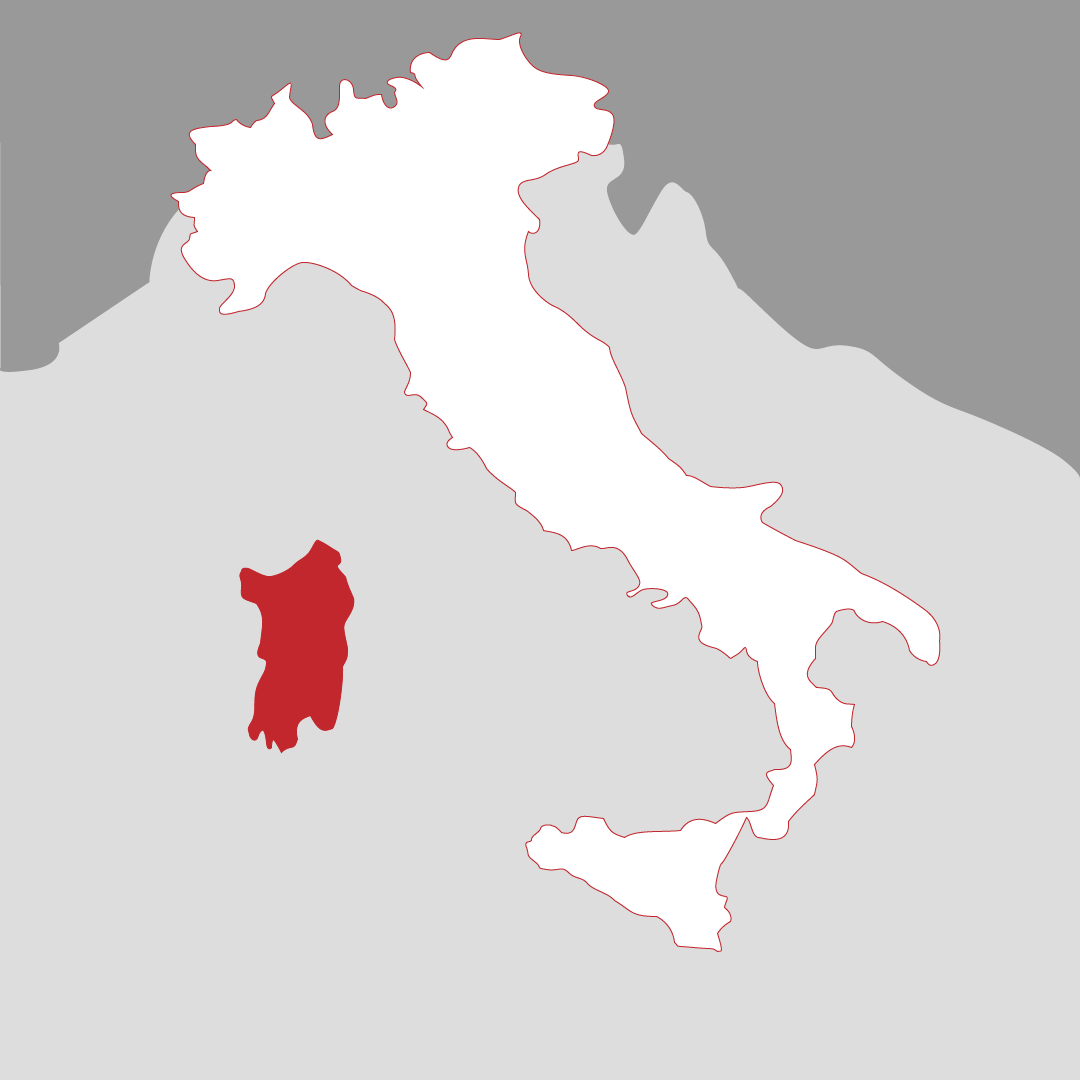
Sicily’s landscape is mostly hilly; the Appennino Siculo and Mount Etna create a unique environment, soil and climate. The region has 114,000 hectares of vineyards, of which the typical red varieties are Nerello Mascalese, Nero d’Avola, Sangiovese, Nerello Cappuccio, Frappato and Perricone. The typical white grapes are Catarratto, Ansonica, Zibibbo, Grillo, Grecanico and Trebbiano.
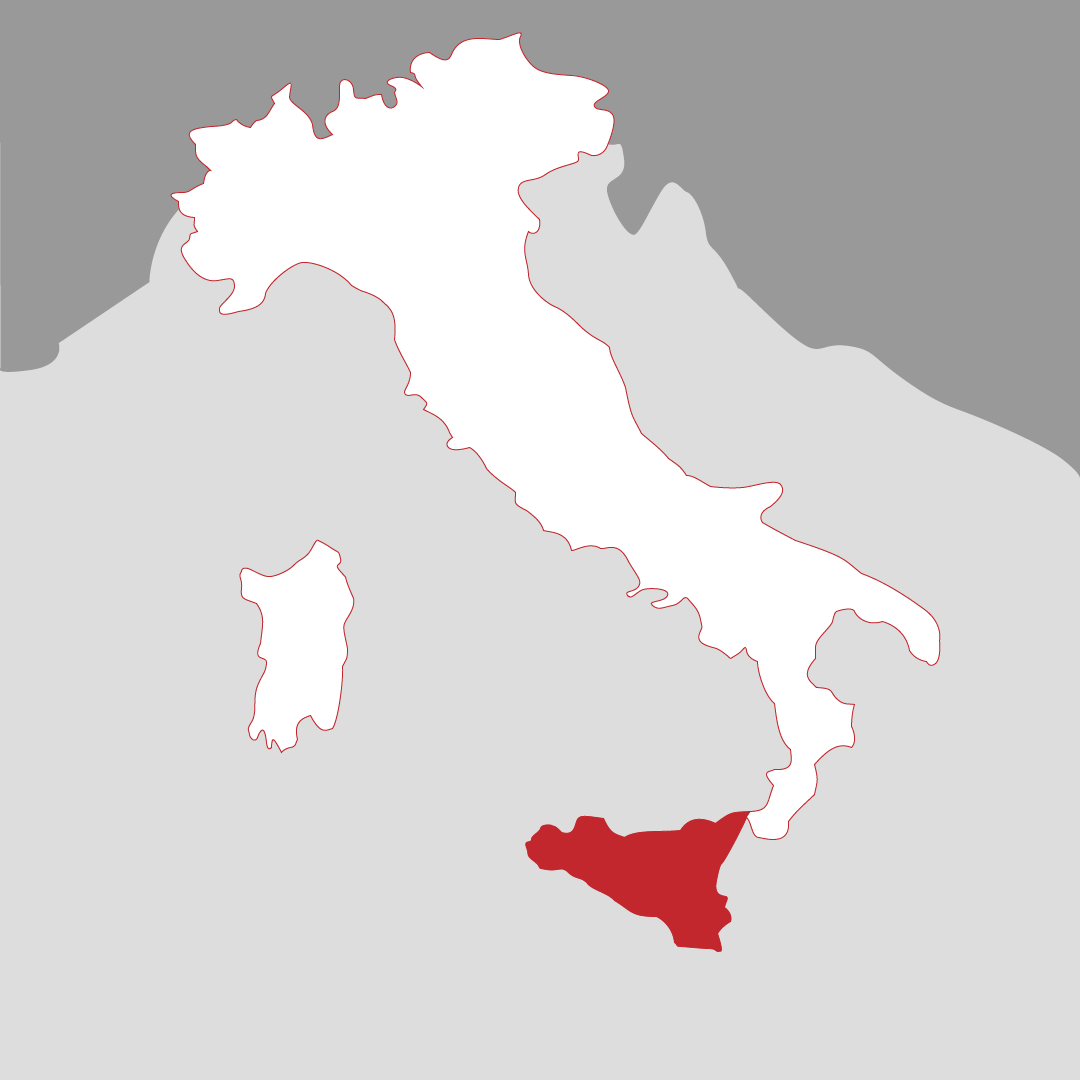
Along with Piedmont, Tuscany produces the best quality wines in Italy. The landscape is known for its gentle hills and its 57,000 hectares of vineyards. These produce some of Italy’s finest and best known wines, many of which are known globally. These include Chianti, Brunello di Montalcino, Morellino di Scansano, Vino Nobile di Montepulciano and many others. The typical red grapes are Sangiovese, Cannaiolo Nero, Merlot, Cabernet Sauvignon, Ciliegiolo, Malvasia, Colorino and Cabernet Franc. The white grapes are Trebbiano Toscano, Malvasia Bianca Lunga, Vernaccia di San Gimignano, Chardonnay, Vermentino, Cannaiolo Bianco, Malvasia Bianca di Candia and Manzoni Bianco.
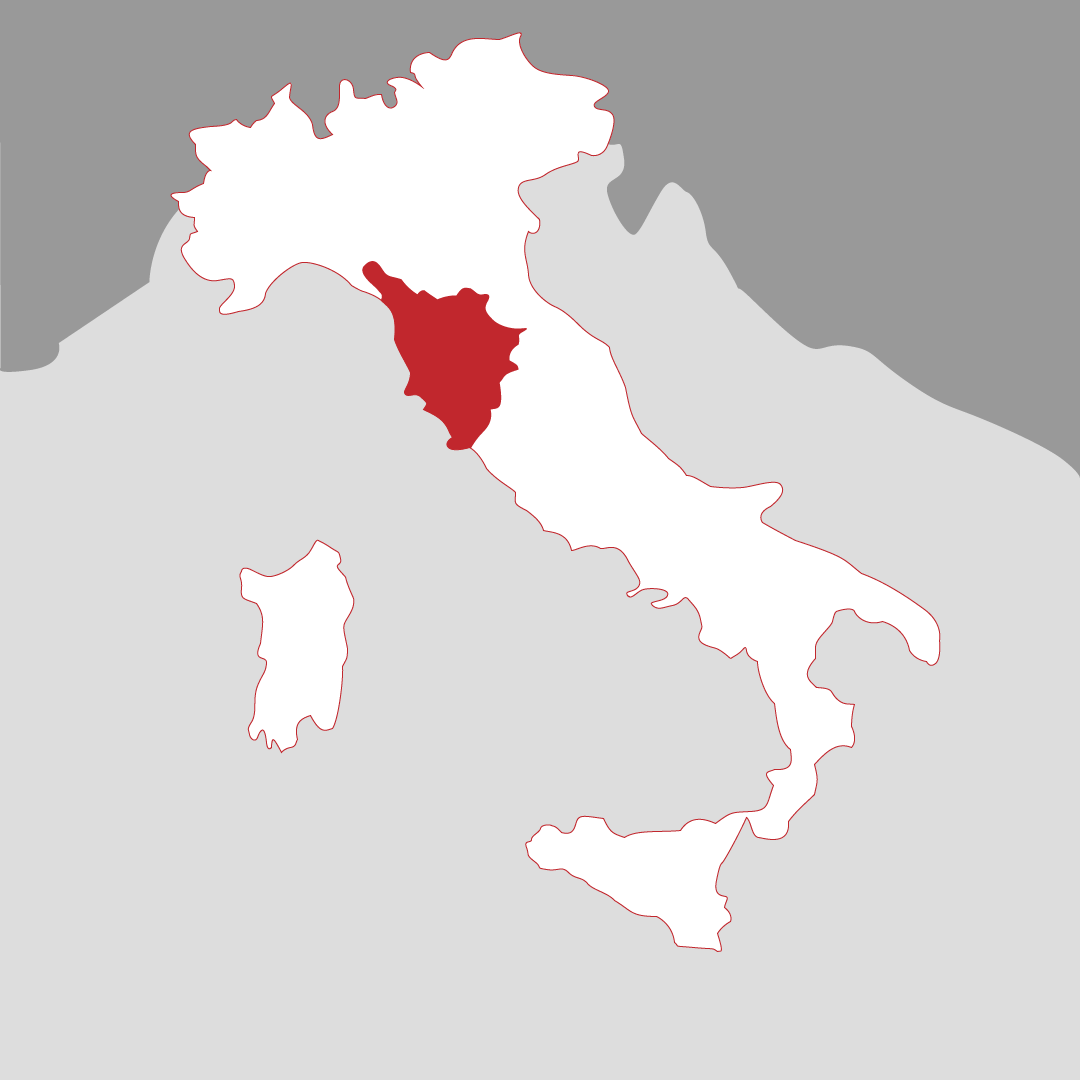
More than three quarters of hilly Umbria is covered by the Appennines, where we find 12,500 hectares of glorious vineyards. The typical red grapes are Sangiovese, Sagrantino, Aleatico, Aglianico, Cannaiolo Nero, Carignano Nero and Red Grechetto. The white grapes include Trebbiano Toscano, Grechetto, Verdello, Malvasia Bianca Lunga, White Cannaiolo and White Manzoni.
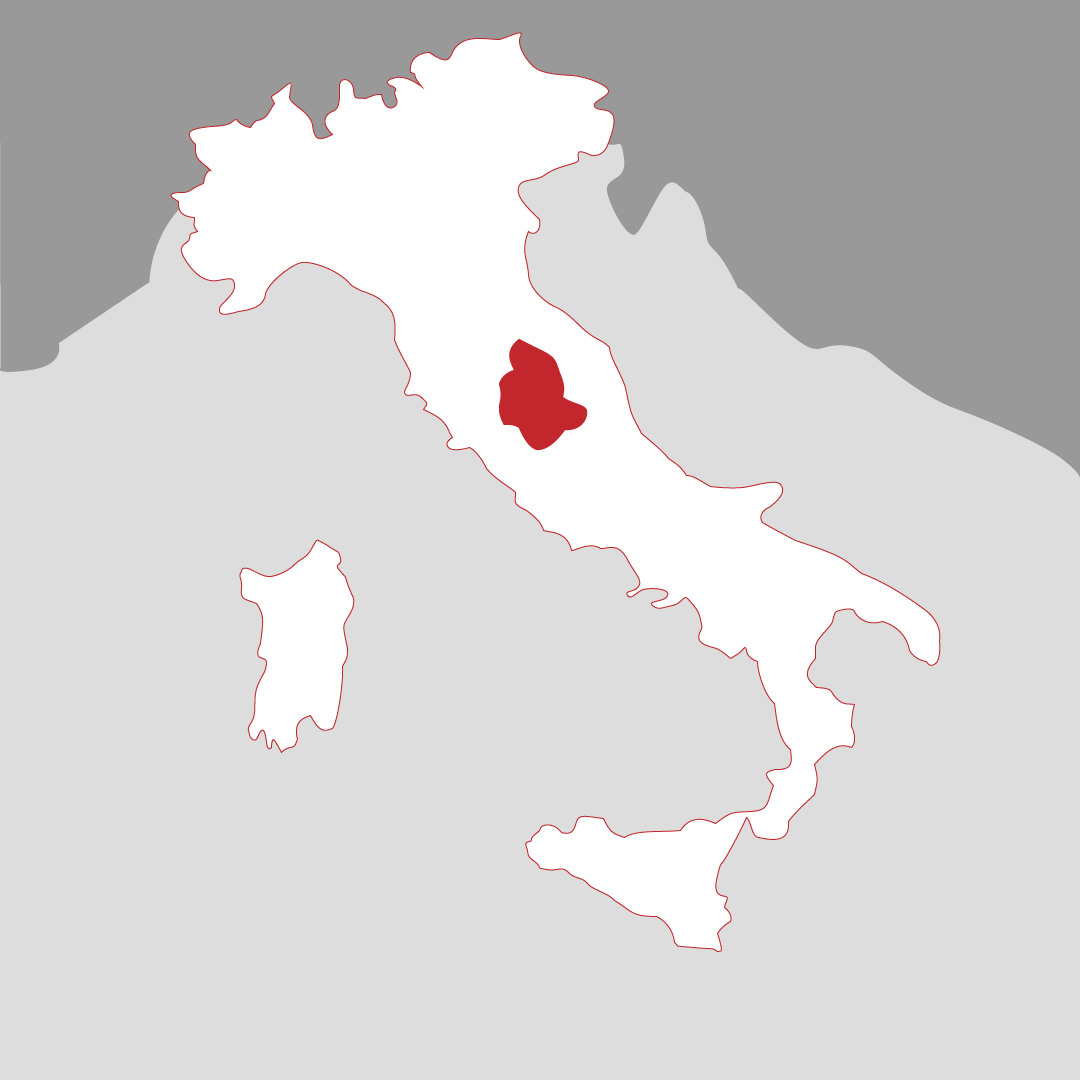
Veneto includes the great Dolomites in the north, another great plain and then the Adriatic sea and Venetian lagoon. The region produces some of the best Italian wines, from its 70,000 hectares of vineyards. Veneto is the birthplace of Prosecco and still produces some of the finest crus.
The red grapes include Merlot, Corvina, Cabernet Franc and Sauvignon, Raboso Piave, Molinara, Pinot Nero and Barbera. The white grapes include Garganega, Glera (Prosecco), Tocai Friulano, Chardonnay, Pinot Bianco and Verduzzo Trevigiano.
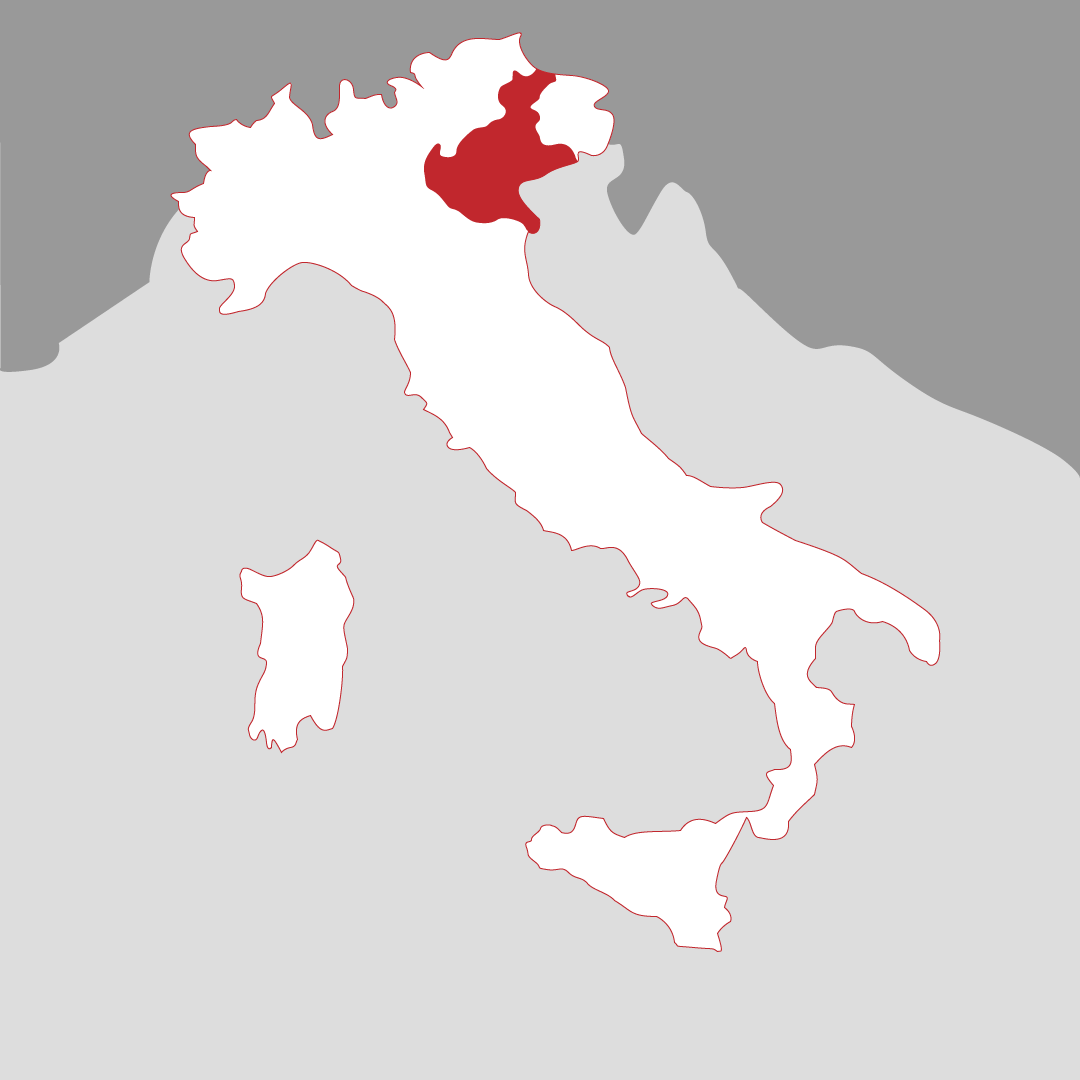

Sorry, the comment form is closed at this time.